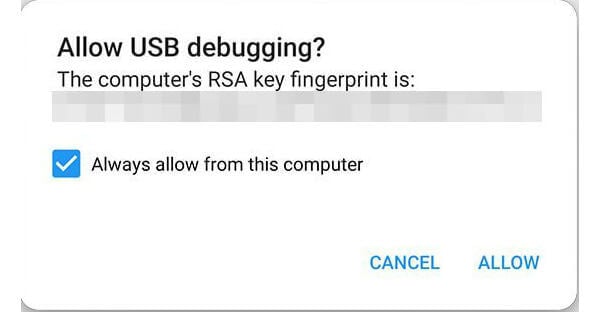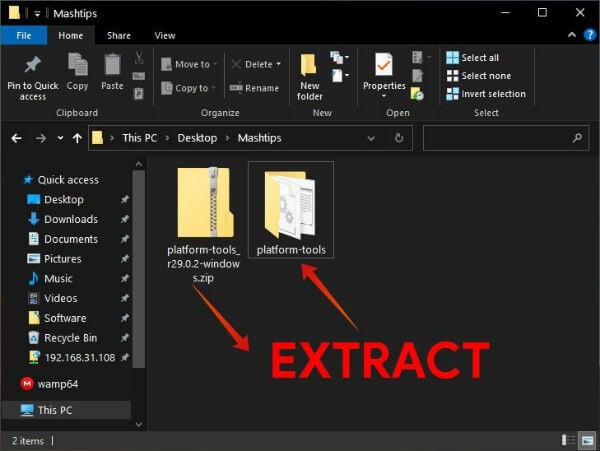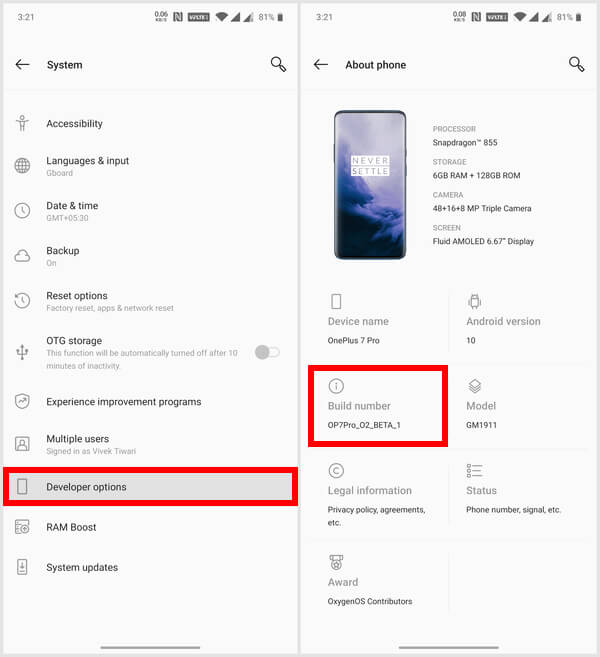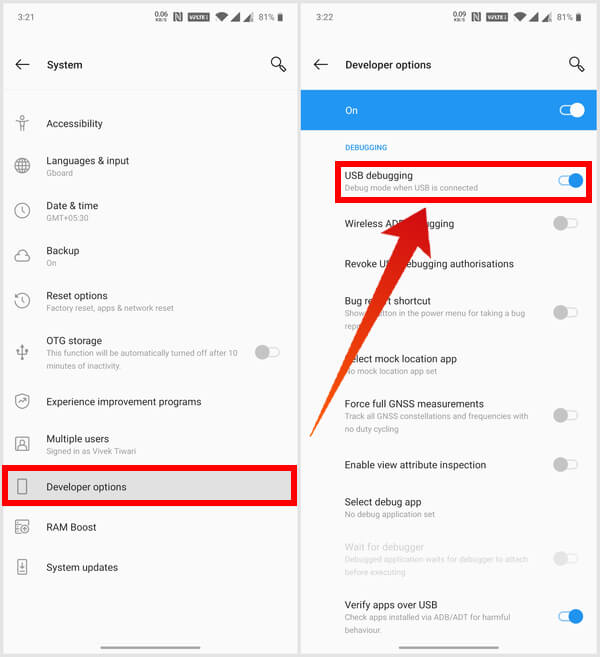How to Hide Home bar on Android 10
Assuming that you have ADB installed on your computer, and have enabled gesture navigation, you can go ahead and hide the home bar on your Android 10 device. If not, scroll down to check out the Requirements section first. Most of the popular flagships such as the Google Pixel 3 XL and Samsung Galaxy S10, Galaxy Note 10, OnePlus 7 Pro, etc. feature 1440p displays. The commands above simply move the home bar off-screen to a precise extent that the trigger area is still on the edge of the screen, but the home bar isn’t. The result can be screen in the screenshot below.
Why Hide Home bar on Android 10
When Google introduced gesture navigation on Android Pie, it didn’t solve the problem with on-screen buttons. With Android 10 and its new gesture navigation, you do reclaim some of your screen space but not all. And that’s why it’s not wild to think that some people may want to hide the home bar on Android 10. Moreover, smartphones today have rounded screen corners so with a small black space at the bottom, some apps seem like they were abruptly cut off. You can see an example of this in the render above. That’s another reason some people would want to hide the home bar on Android 10.
Requirements to Hide Home bar
Before we can hide the home bar on Android 10, there are a few things to take care of first.
1. Install ADB on your Windows, Mac, or Linux PC
To hide the home bar on Android 10, we’ll need to use ADB so it has to be installed on your computer. We already have a great, detailed guide to help you install ADB on Windows, Mac, and/or Linux PCs. So just follow the link to Install ADB on Windows, Mac, and Linux. If you don’t plan on using ADB after this, you can also simply download Android SDK platform-tools. It is available for Windows, Mac, and Linux directly from Google.
2. Enable Gesture Navigation on Android 10
In Android 10, Google allows users to choose their preferred method of navigation. You can choose the traditional three-button navigation, Android Pie’s 2 button navigation or complete gesture controls introduced in Android 10. To switch to either of these, follow the steps below.
3. Enable USB Debugging
The Android Debug Bridge or ADB is meant for developers to test and debug things. Naturally then, by default, Android doesn’t allow ADB connections. In order to use ADB, you’ll first need to enable a setting called USB debugging. Google also does not want people to simply stumble onto such a setting and turn it on out of curiosity. Hence, it’s placed in Developer options, a section that’s hidden by default. So here’s how you can enable USB debugging on Android 10.
Unhide The Home Bar on Android 10
There’s also one reason that you may want to unhide the home bar on Android 10. And that reason appears when the keyboard is open. Normally, there’s a button in the bottom-left corner to close the keyboard. With the hack above, that button is also moved off-screen. This does give you more content on the screen. And the keyboard can still be closed by tapping in the bottom-left corner of the screen.
However, if you do wish to return to how things were by default, just run the command below in a command prompt or Terminal window as before. This basically just moves the home bar back to the default position which is 0,0,0,0. That’s pretty much everything you need to know about hiding and unhiding the home bar on Android 10. Even after the bar is hidden, all the gestures work as they’re supposed to. This includes swiping along the bottom edge to switch between apps.
Δ










